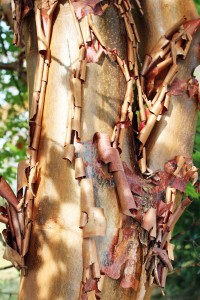

:max_bytes(150000):strip_icc()/growing-the-paperbark-maple-acer-griseum-3269319-04-2c7acef5e5be4dcf949a8082401d5e7f.jpg)
The third group consists of plants lost altogether, like boxwood and doublefile viburnum. Staking and tying materials are to be removed in one year to forestall stem girdling. Lower limbs can be trimmed back to give the new leader time to grow. The dead central leader can be pruned out and a lower branch can be trained upright by tying the branch to a pole placed along the stem. Spruce trees were hit hardest, but juniper and pine were also affected. Otherwise remove the old plant and replace it with something with greater hardiness.Ĭonifers suffered dieback too, with the death of the tops of trees. If you are willing to devote the time and effort to take on this task, then do so. It involves years of monitoring the tree, retraining a new central leader, and thinning out sprouts that give the appearance of a shrub instead of a tree. A more accurate question would be do we really want to save them? That is a tough one to answer. The bad news is tree growth is nothing like normal. The good news about this group is the plants survived. Trees and shrubs in this group include black gum (also known as tupelo), Korean evodia, magnolia, and Siberian elm. The second group is made up of trees and shrubs that lost their top branches and stems to winter damage, with new growth arising from the base. For these plants, recovery is a strong possibility though it may take several years. Woody plants that fall into this category include privet, burning bush, lilac, tuliptree, and sycamore. Overall, the winter injury is divided into 3 main groups, with the first being composed of trees and shrubs with sparsely-leafed branches and stems. Still others are no surprise at all, such as the Japanese maple, a marginal species for this region at best, which had major dieback and/or outright death. Others (that were thought to be very cold hardy) lost all living canopy growth and are now sending out sprouts at the base. Used to extreme cold conditions, native trees and shrubs weathered the tough winter best. A recent discussion thread launched on the Shady Lane listserv by Justin Evertson of the Nebraska Statewide Arboretum asked observers how trees in their landscapes weathered the negative double-digit cold of winter.


 0 kommentar(er)
0 kommentar(er)
